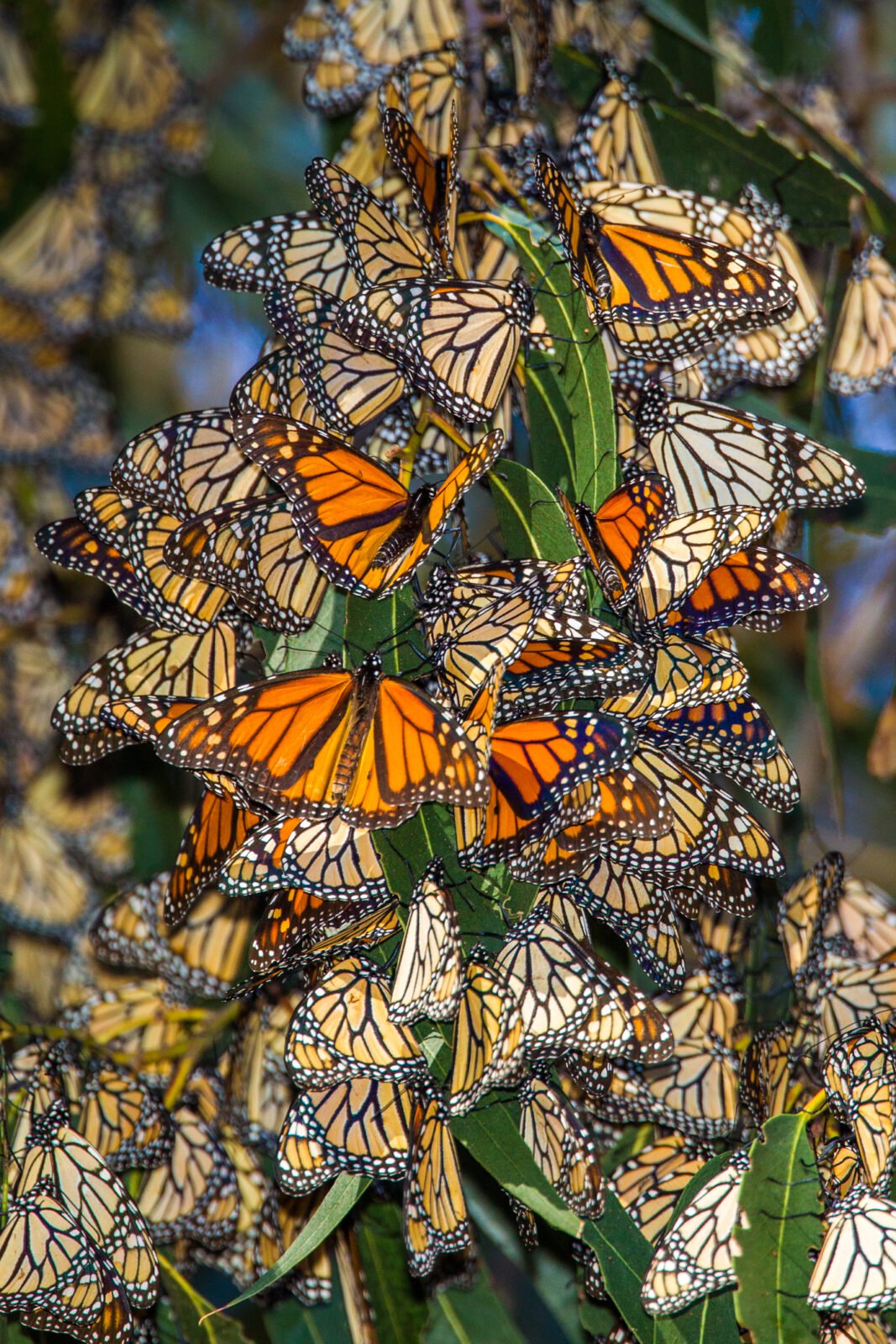
Native News Recap: 2022
Here’s a native news recap looking back at some of the biggest native plant news stories of the...

Amelanchier canadensis, also known as Shadblow Serviceberry due to its bloom time when the American Shad fish swims upstream to spawn, is a deciduous multi-season shrub. Also known as juneberry, sugarplum, Indian pear, may cherry, saskatoon, and sarvisberry, I consider it a specimen plant for native plant landscapes. An erect to spreading shrub that can grow from 15 feet to 25 feet tall and spread as much as 14 feet wide, its striking grayish to silver smooth bark makes this shrub stand out in the landscape – even in winter. Serviceberries are native to North America and are too often overlooked in favor of flashier spring blooming non-natives. Once a staple food of many indigenous peoples, the fruit is still highly prized among people who are familiar with them. Various species are spread all over North America but occur naturally in northern areas.

Serviceberry is one of the earliest blooming shrubs in spring, usually blooming in early April. This makes it an essential early-season food source for pollinators such as bees and butterflies. Furthermore, it is the larval host to several butterflies, including the Viceroy, which looks very similar to the Monarch, and the Red-Spotted Purple. The berries that ripen in June are a favorite of songbirds as well as both small and large mammals. But don’t worry, this shrub is usually deer resistant!
Fragrant, star-shaped white flowers ripen into crimson-violet edible berries that are slightly larger than a blueberry. Many people who grow serviceberries don’t realize that the berries are edible and delicious! The berries taste like a blend of strawberry and blueberry with a touch of almond and are rich in fiber, antioxidants, and protein.

Pick the berries when they ripen to a dark, purple-blue and they will be sweet, plump, and juicy. The fruit doesn’t ripen all at once, so pick them over a period of weeks – exactly like blueberries. The berries can be eaten raw or cooked into baked goods. A key ingredient in Native American pemmican, a staple survival food resembling jerky, the berries helped flavor and preserve this mixture of meat and fat. Ripe fruit can be used as blueberries would be used in jams, syrups, cobblers, smoothies, muffins, pancakes, and ice cream. Serviceberry wine is also made by some home brewers. Serviceberry wood was used by North Americans for arrows, spear shafts, and digging sticks.


A great choice for small yards because of its size, slow growth, and non-invasive roots, serviceberry prefers moist, well-drained acid soil, but will tolerate many soil types. Growing well in full sun or partial shade with a minimum of four hours of sun, regular pruning of the small suckers that come up at the base of the shrub makes for a better-looking shrub with a more attractive form. Planting in groups is also effective for these shrubs to stand out in the landscape. These are highly adaptable plants and will tolerate drought, although the fruit crop will be diminished. You can even grow Serviceberries in large containers. Excellent companion plants to be planted alongside a Serviceberry are Eastern Sweetshrub (Calycanthus floridus), Flowering Dogwood (Cornus florida), Rhododendron spp., Arrowwood Viburnum (Viburnum dentatum), Oakleaf Hydrangea (Hydrangea quercifolia), Sweet Pepperbush (Clethra alnifolia), and Coral Bells (Heuchera americana). Offering four-season interest with the beautiful blossoms, fruits, brilliant autumn colors, and stand out silvery bark, serviceberries deserve a spot in any native garden and will liven up the autumn landscape. And be sure to show off your Serviceberry’s wildlife value with an eye-catching garden sign. Spread the word about this amazing shrub!

Claire is a horticulturalist and landscape design consultant. Owner of Claire Jones Landscapes, LLC, Claire’s designed gardens have been featured in print publications like WSJ and Style Magazine. A garden writer at The Garden Diaries, Claire maintains 3 honeybee hives and gardens at her home in Maryland.

Here’s a native news recap looking back at some of the biggest native plant news stories of the...
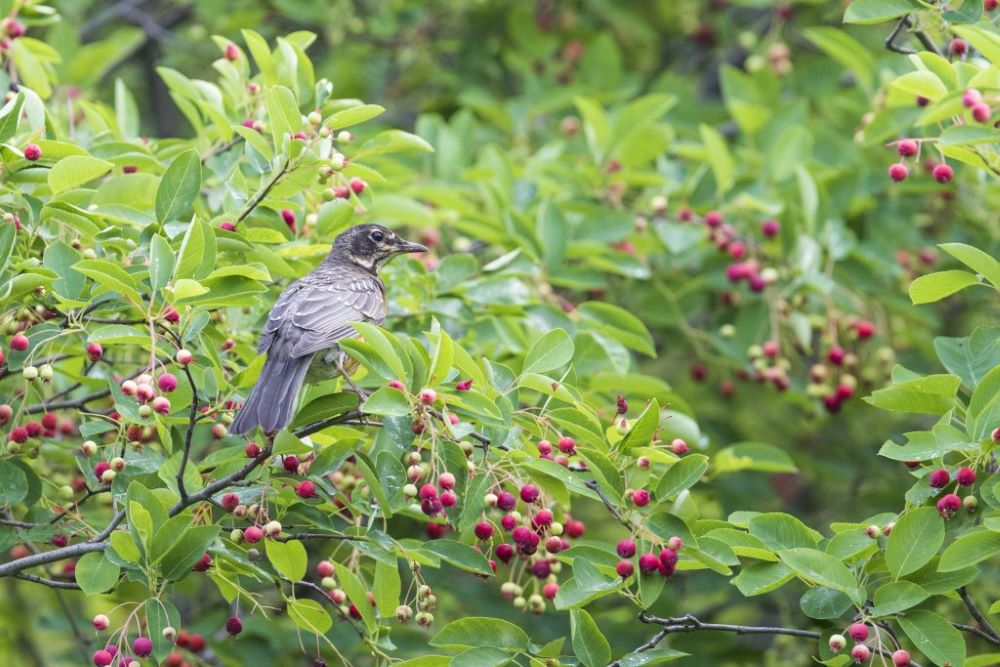
In the past we have emphasized the importance of keystone species in supporting bird populations,...
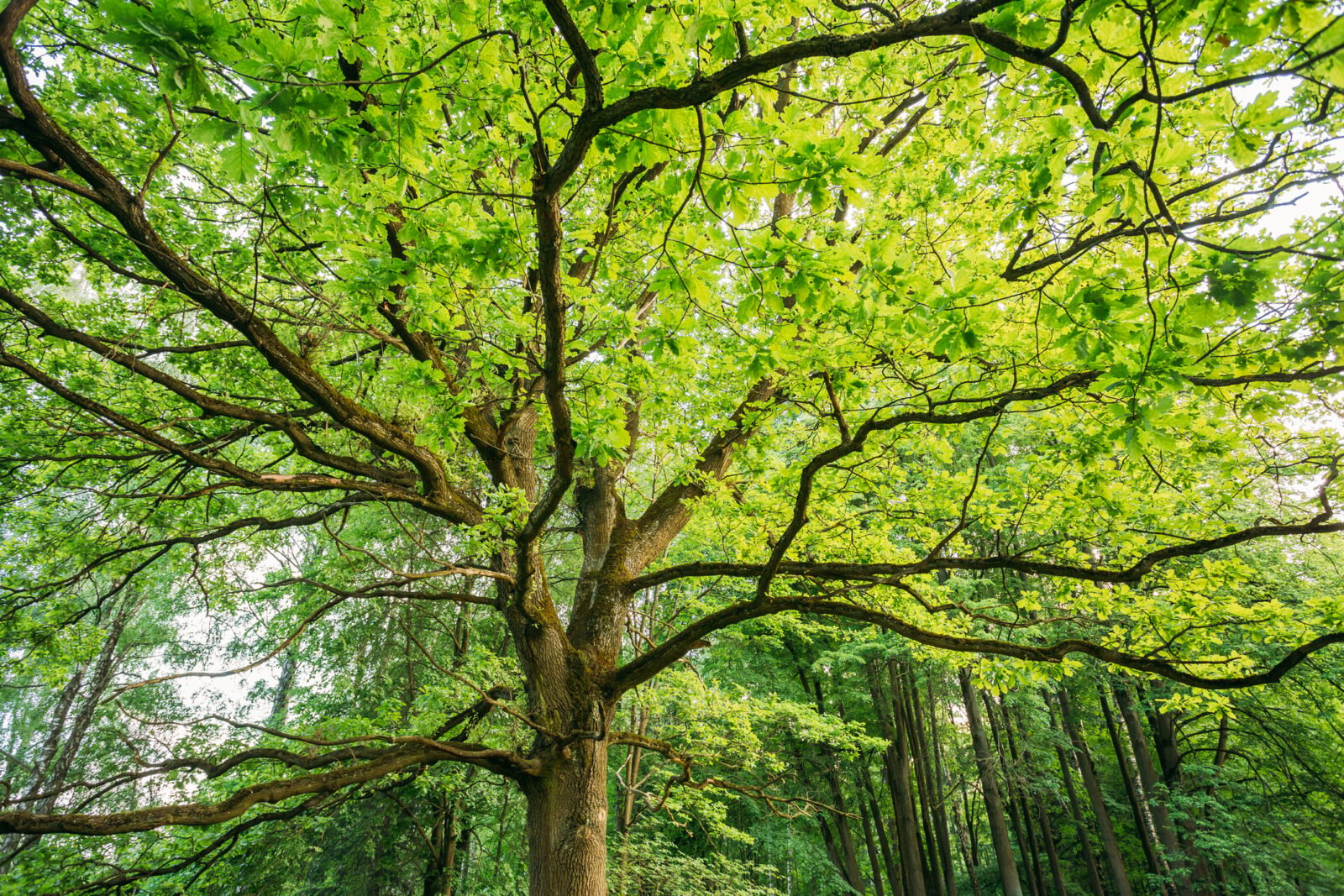
Perennials are the stars of most gardens, and no wonder! They provide a variety of shapes and col...
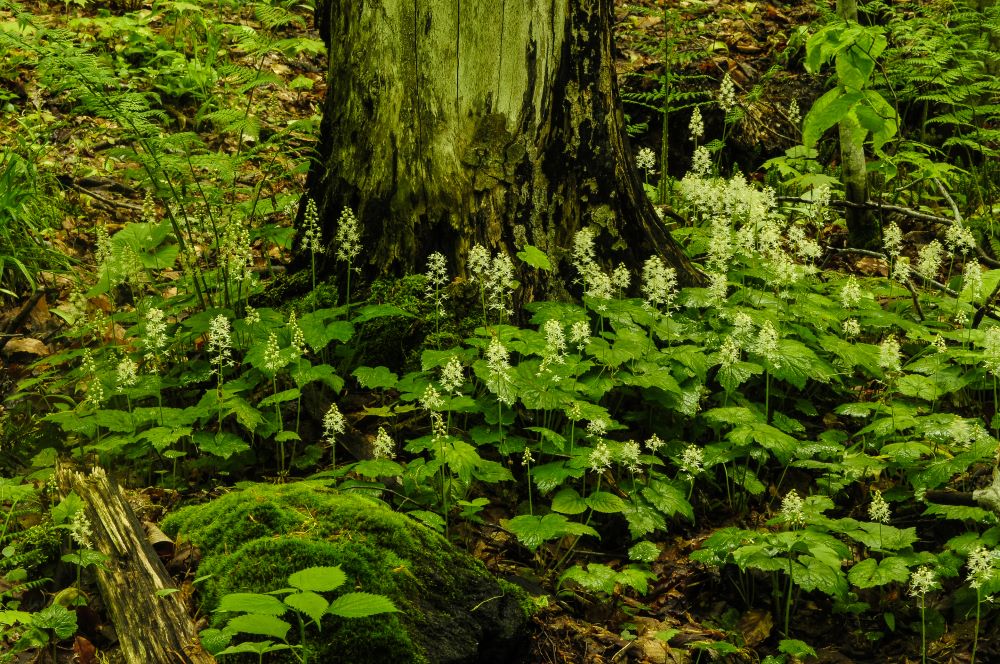
These native ground covers for shade make a perfect living mulch by holding in moisture, keeping ...

Gardening is ‘In’! Over the past two years gardening has suddenly become very popular with pe...

Mothers give us so much, but sometimes it takes a while for us to appreciate the gifts that we ca...
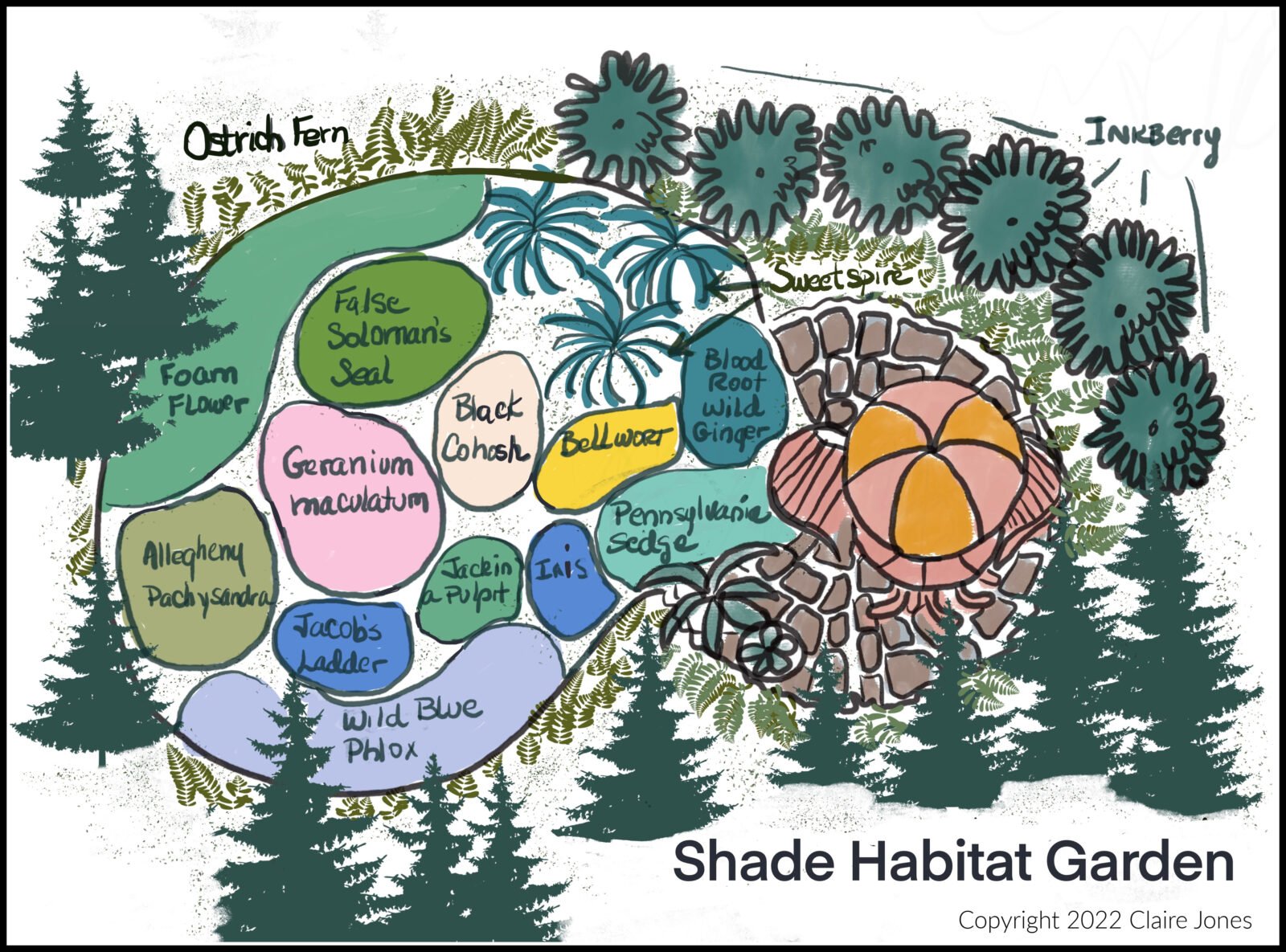
This is the second part of my Habitat Heroes Design series. The first part was a sunny garden of ...
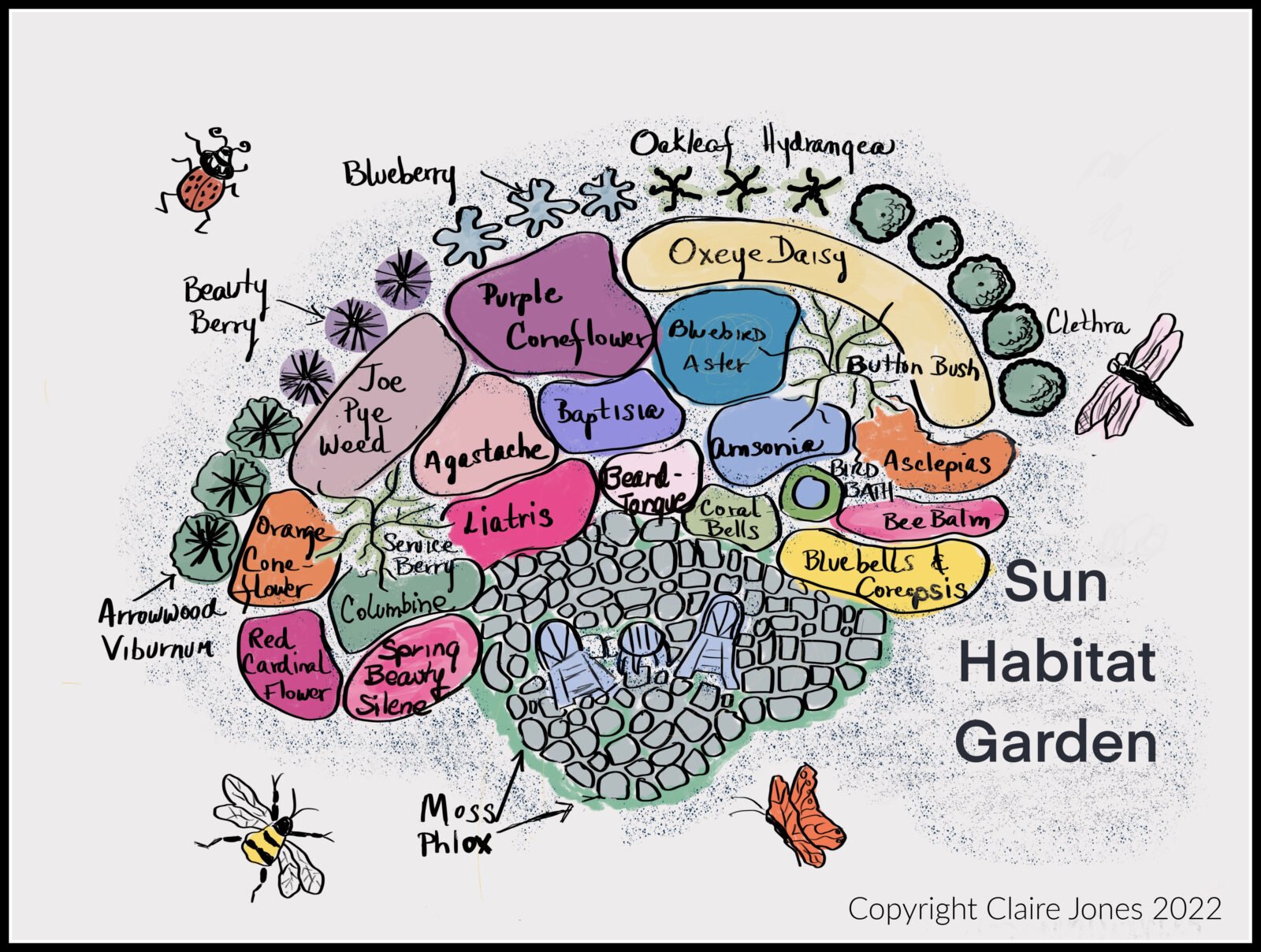
This blog post will cover how to design and install a Sunny “Habitat Hero Garden” with native...
Now Shipping for Spring 2024!